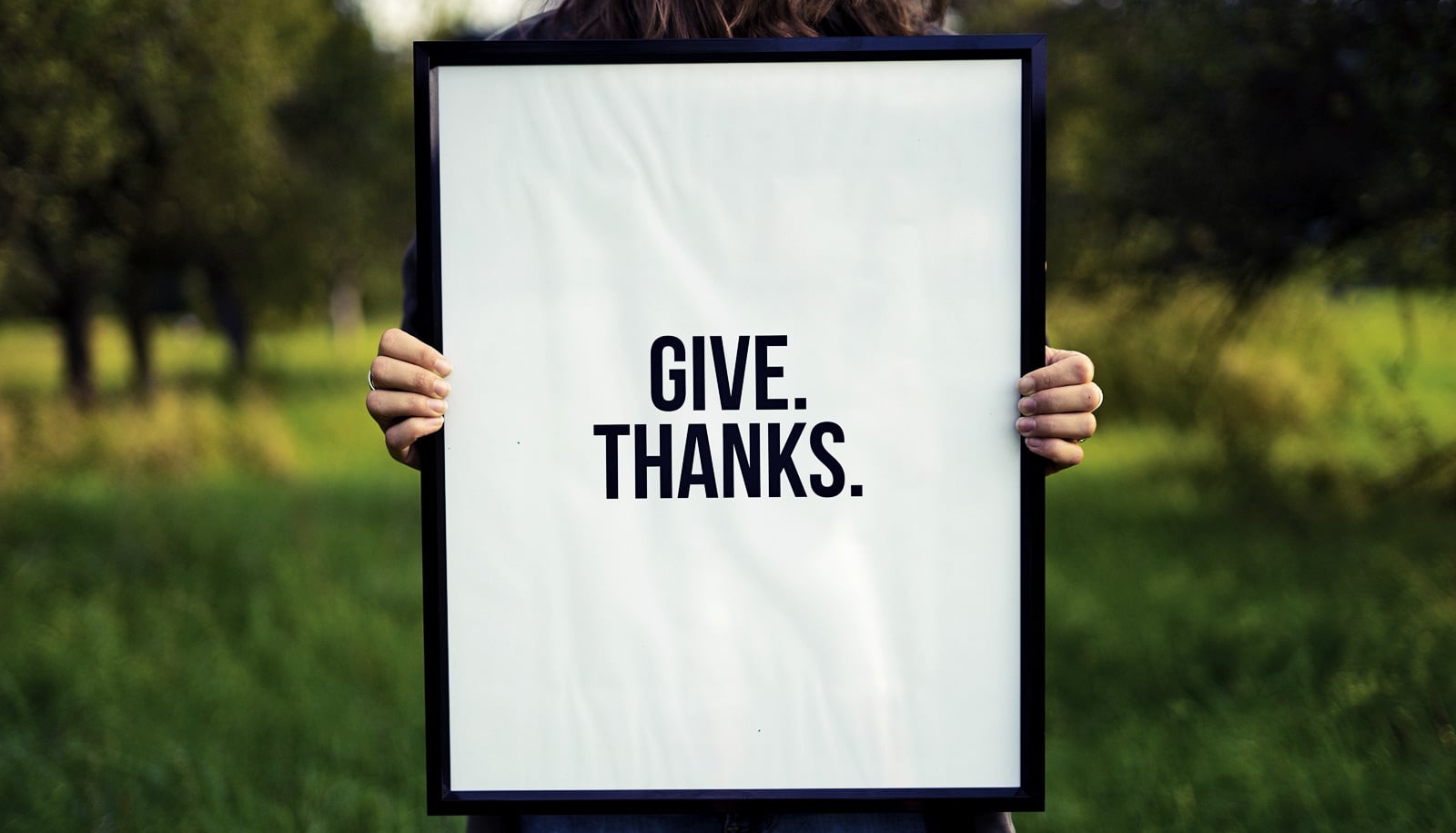Watching tutorials that inspire health care workers to contemplate awe, gratitude, and kindness can promote enduring improvements in mental health outcomes such as depression and emotional exhaustion.
The quick, daily intervention provides a timely and cost-efficient way to address worker burnout that has escalated during the COVID pandemic.
“Emotional exhaustion was bad among health care workers even before the pandemic, and it’s worse now,” says study senior author Bryan Sexton, director of the Duke Center for Healthcare Safety and Quality.
“This issue affects not only health care workers, but also patients. There is clearly a need for accessible, evidence-based approaches that address the problem.”
For the study, published in Frontiers in Public Health, Sexton and colleagues analyzed the content of a variety of interventions that help people recover after emotional upheavals.
The essence of these approaches is to acknowledge difficulties while nudging people out of gloomy thoughts by directing them to think or act in positive ways, such as identifying personal reasons for gratitude, offering kindnesses to others, or recalling awe-inducing moments like beautiful scenes from nature.
“We call it skills, not pills,” Sexton says.
Most such interventions tend to be long and tedious, making follow-through difficult for people who are already exhausted. Sexton’s team refined the reflective activities into two- to seven-minute modules that participants joined on their phones daily for 10 days.
“We wanted our intervention to provide bite-sized, simple things people can do that have benefit right away,” Sexton says. “Our goal was to strip this down to the barest minimum and still have impact.”
The researchers tested the intervention—called WISER for Web-based Implementation for the Science of Enhancing Resilience—among about 480 health care workers. They randomly assigned the participants to a group that received the intervention immediately, or to a second group that waited two weeks. The wait-listed group served as the comparison to measure how the intervention group responded after one week.
Each evening at 7 pm, participants received a text message with the day’s educational video, including simple and engaging reflective activities lasting less than 10 minutes. Every module included a prompt for doing three good things, and other modules included activities to cultivate awe or gratitude, perform acts of kindness, or strengthen relationships.
The researcher assessed whether the intervention affected emotional exhaustion, depressive symptoms, work-life integration, happiness, emotional thriving, and emotional recovery.
Upon analysis, five of the six well-being outcomes were improved by one week, and all outcomes were improved after one, six and 12 months.
“These modules demonstrate that a few minutes a day can have a tremendous impact,” Sexton says. “It’s getting people to pause and reflect on the good, or the hopeful, or the grateful, inspired, or amazing.
“Remembering something jaw-dropping like a beautiful sunset, or what a grandparent or mentor or coach did for them that makes them feel grateful—these are non-triggering instructions that really do a lot to help people recharge,” Sexton says. “But equally important, they are simple and easily implemented with minimal time and no cost.”
The National Institute of Child Health and Human Development and the Agency for Healthcare Research and Quality funded the work.
Source: Duke University



